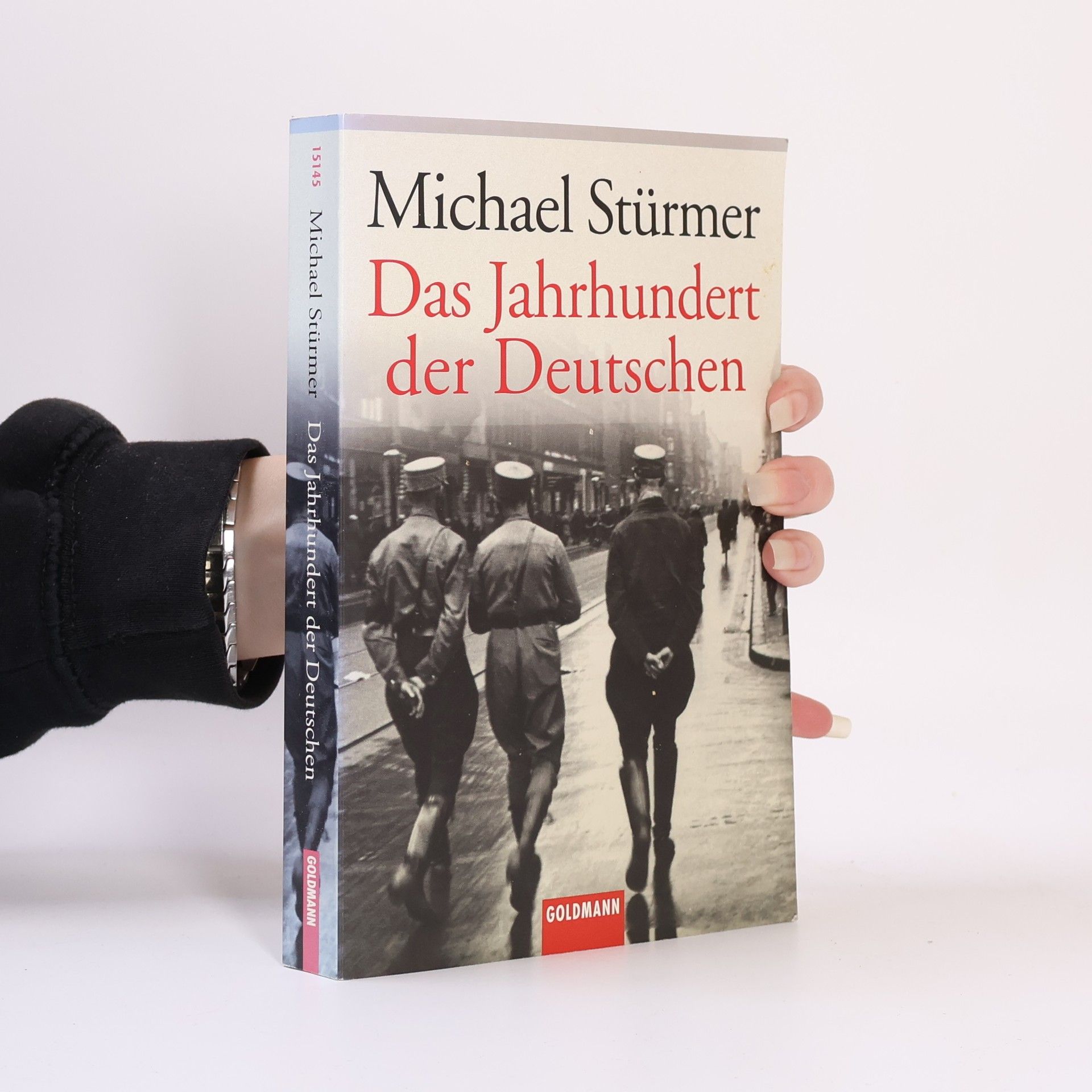For the best part of the 20th century, Germany has either united the world in anger or driven it apart. Its late appearance on the European scene in 1871 might have been expected it to keep it in the second rank, but it was soon apparent that Germany's first unification, in the 19th century, was a greater event than the French Revolution. Germany has operated on a cycle: from the greatness of the Prussian state to the depths of World War I and its aftermath; from the rise of Hitler, determined to take Germany to greatness again, to the division of the country by the victorious Allies after World War II; and then the fall of the Berlin Wall and the ending of the Cold War. These images provide a photo-journalistic history of Germany, from the rise of Prussia, through the two world wars and the fall of the Berlin Wall to reunification.
Michael Stürmer Libros

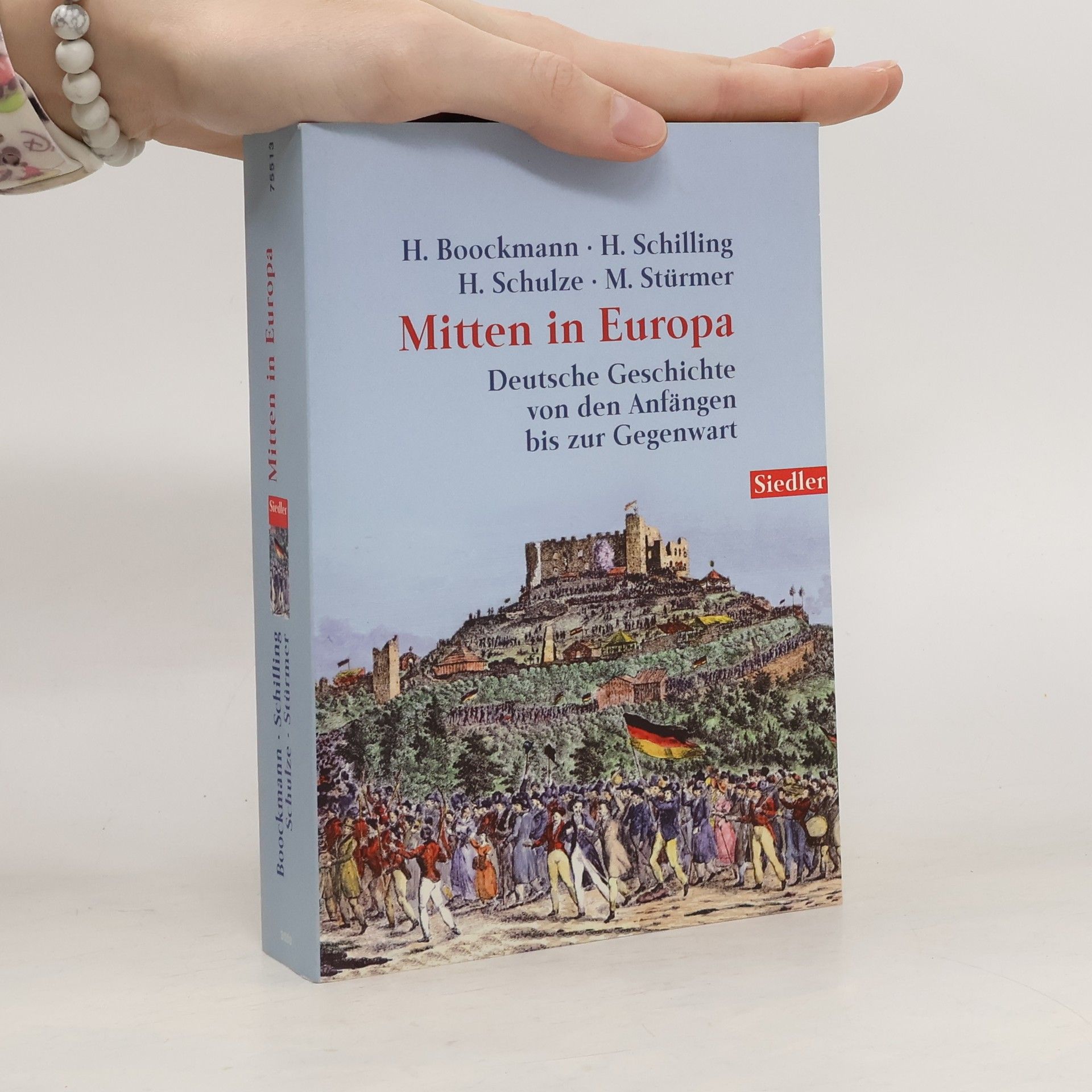

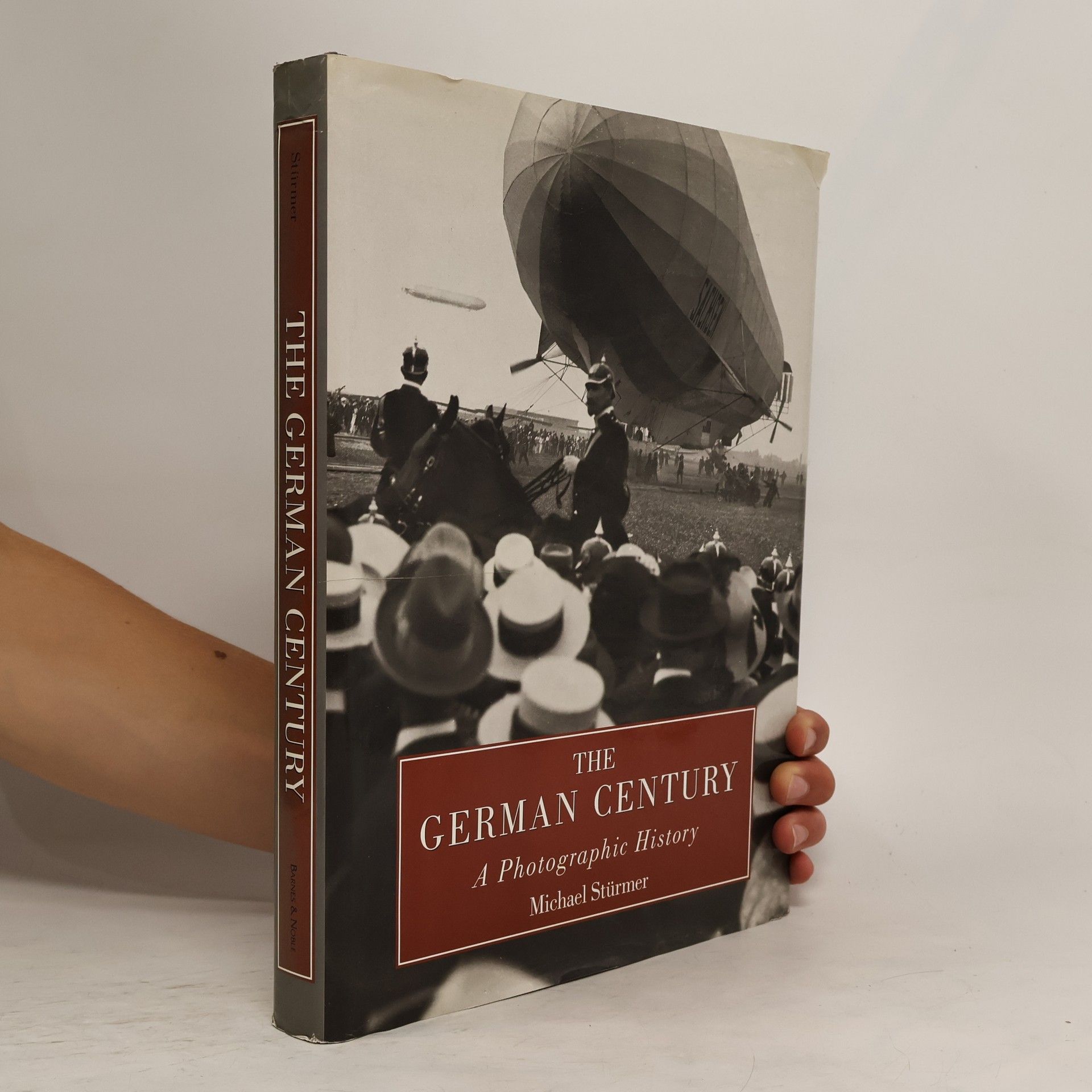
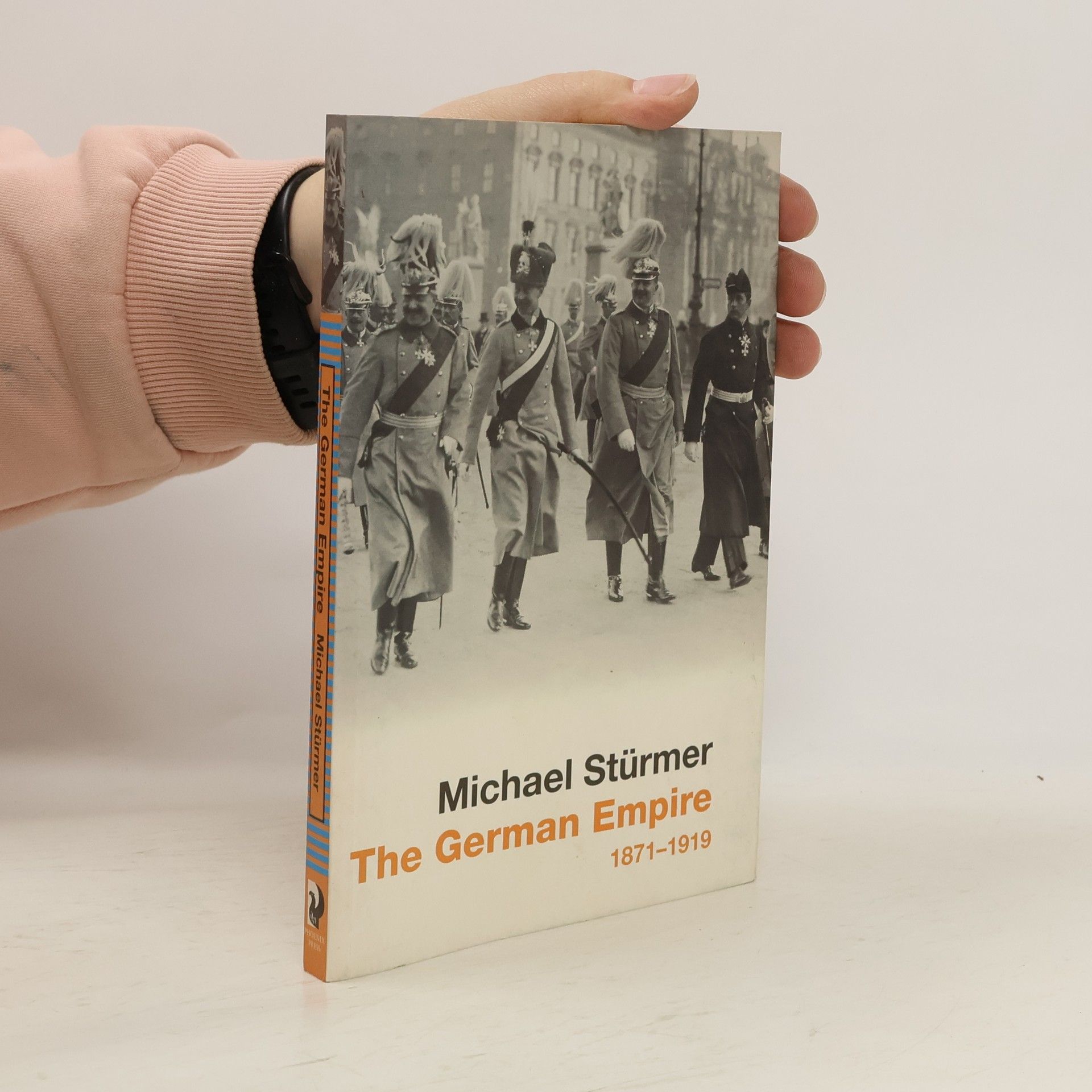
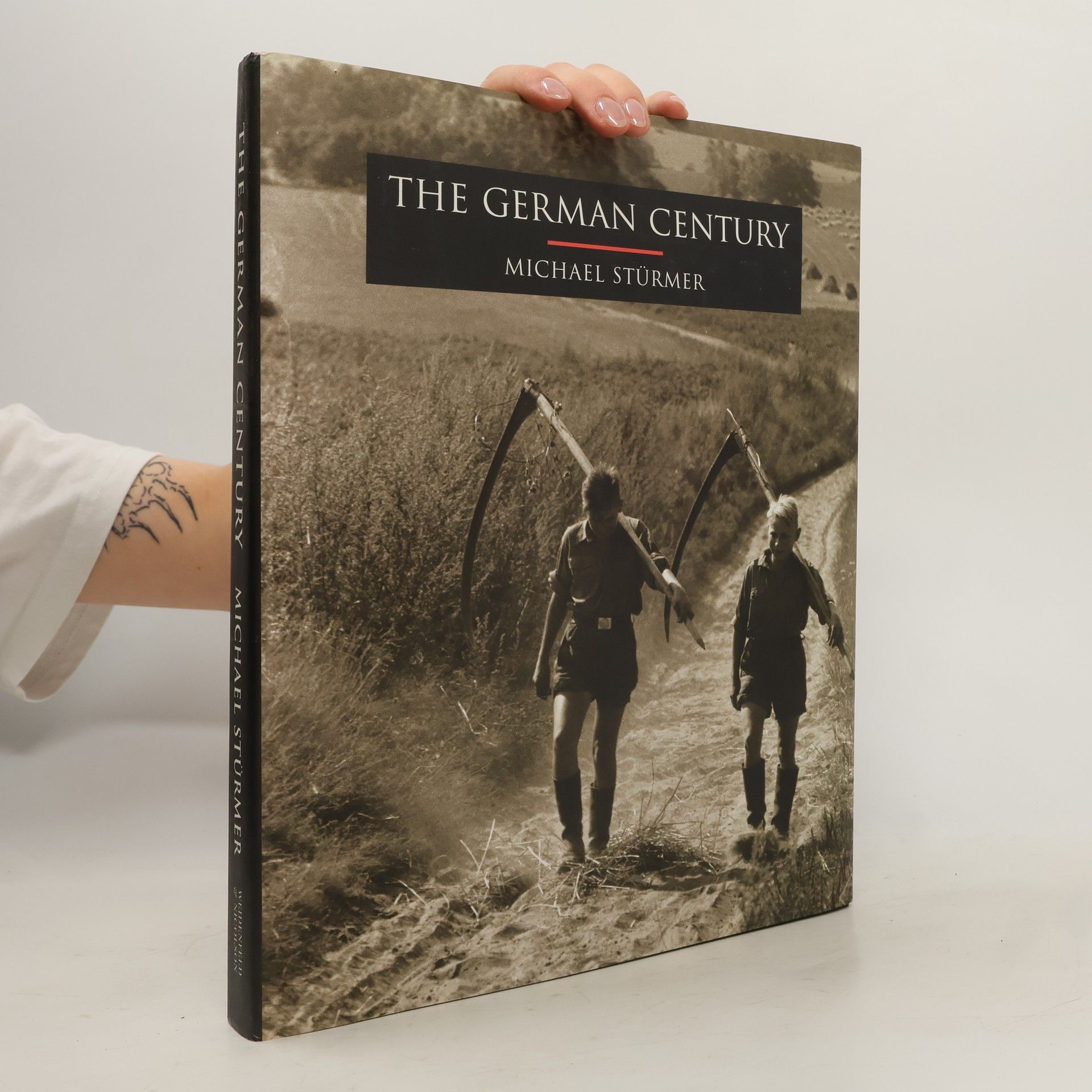
The German Empire
- 224 páginas
- 8 horas de lectura
The period of almost half a century from 1871 to 1919 was one of huge upheaval, restlessness and change in Germany. Situated at the crossroads of history and geography, the country under Bismarck was struggling to preserve the predominance of Prussia and its traditional ruling elites, whilst also recognising the importance of modernisation. By the turn of the century Germany had overtaken Britain as the workshop of the world in industry, science, ideas and the arts, with enormous investments being made in these areas. Many people lost or swapped their traditional livelihoods, moved from the countryside to the cities, and embarked on a road to a prosperity unparalleled in Europe. Then in 1914 came the outbreak of the First World War, unleashing one of the greatest catastrophes of the twentieth century.
Many Transatlantic security concerns in the coming decades will originate not in Europe, but in the Greater Middle East, which encompasses the area from the Maghreb to the Caspian basin. This volume juxtaposes essays from U.S. and European scholars on selected areas and issues: the Arab-Israeli peace process, the Persian Gulf, Turkey and the Caspian Basin, the proliferation of weapons of mass destruction, and military force projection. Each author considers American and European strategies toward a particular issue and makes suggestions for future policy collaboration between the countries on both sides of the Atlantic.
Mitten in Europa
- 576 páginas
- 21 horas de lectura
U. a. von Boockmann, Hartmut ; Schilling, Heinz ; Schulze, Hagen Zahlr. Abb. 576 S. Erg. u. aktual. Ausgabe.
Nejdůležitější momenty dějin Německa v průběhu 20. století zpracované poutavou formou a s unikátními fotografiemi.
Das Jahrhundert der Deutschen
- 253 páginas
- 9 horas de lectura
Michael Stürmer beschreibt in einem Standardwerk zur deutschen Geschichte ein wechselvolles 20. Jahrhundert der Deutschen bis zum Fall der Mauer. Die Abdankung Bismarcks, die fortschreitende Industrialisierung, der Erste Weltkrieg, die Weimarer Republik, Hitlers Aufstieg und Fall, der Zweite Weltkrieg, der Neubeginn in zwei getrennten Staaten, ihre unterschiedliche Entwicklung und schließlich die Wiedervereinigung. Michael Stürmer beschreibt ein dramatisches Jahrhundert, illustriert durch eine reiche Bildauswahl, darunter viele seltene Fotos in ausgezeichneter Qualität. Er zeichnet die Zusammenhänge auf, verschafft einen Überblick, nicht nur über die großen politischen Ereignisse, sondern gerade auch über das Alltagsleben und veranschaulicht Kunst, Kultur und Wirtschaftsleben. Historische Fakten verbindet er mit einzelnen Momentaufnahmen, die Befindlichkeit und Lebensumstände der Bevölkerung illustrieren. Immer aus der Perspektive deutscher Geschichte geschrieben, verliert Stü rmer doch nie die internationalen Zusammenhänge jeder Epoche aus den Augen.
